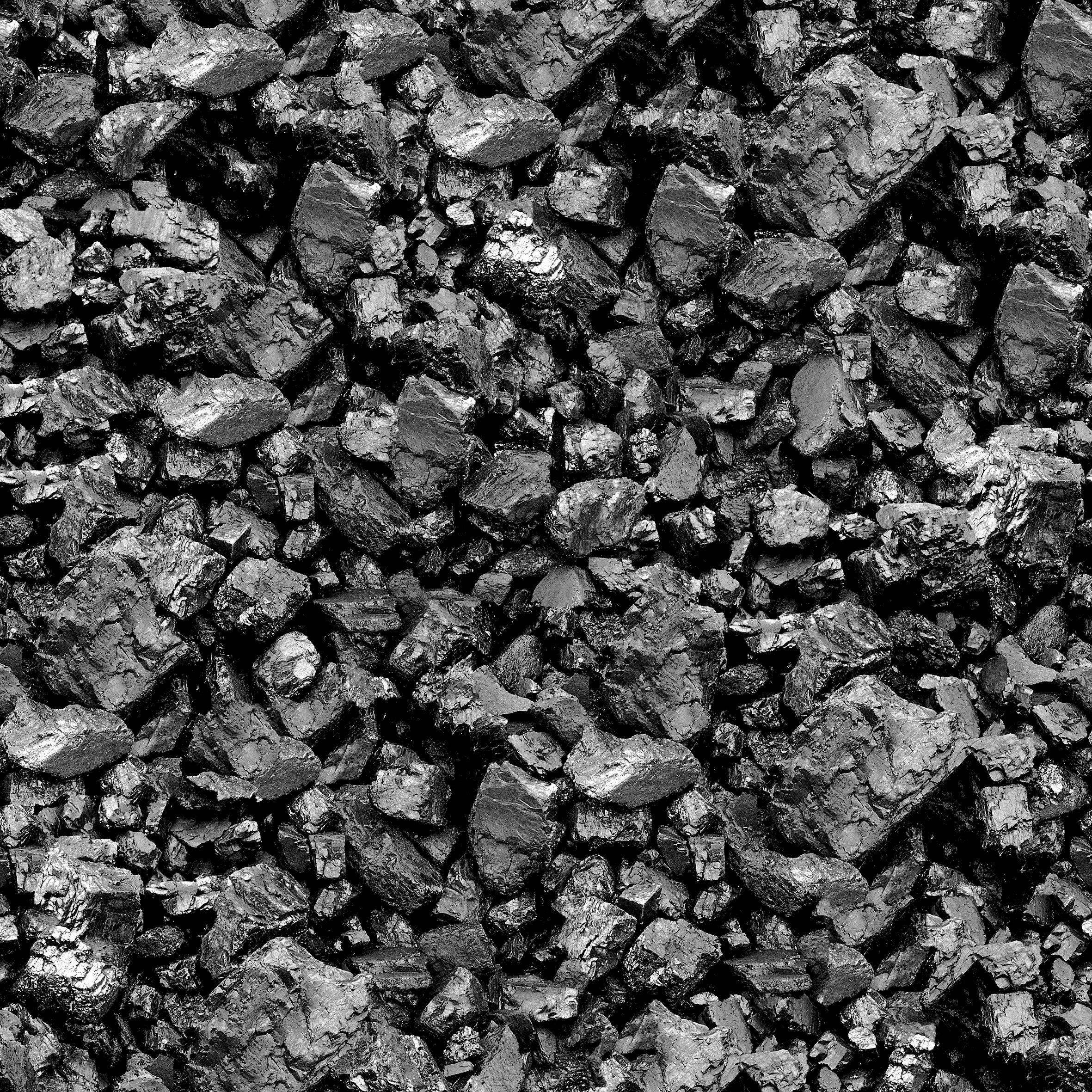Energy
Trump May Not Be Able to Save Coal, but China Might

Published:
Last Updated:

Following President Trump’s executive order last week rolling back several Obama administration climate rules, Secretary of the Interior Ryan Zinke lifted a ban on new coal-mining leases on federal land. As the new administration touts a comeback for coal and coal-mining jobs, environmentalists point to China as the heir-apparent to the United States as the leader in the global move to reduce carbon emissions.
It’s not that simple. It is true that China is cutting its own development of new coal-fired electricity generation, but the country is exporting new coal plants. According to one report, China chopped 120,000 megawatts of planned and under-construction domestic coal-fired capacity in the second half of last year and plans to cut another 50,000 megawatts this year.
But China is also building or financing at least 79 new coal-fired plants in countries from Indonesia to Pakistan and from Turkey to the Balkans. Those plants are reported to have the capacity to generate 52,000 megawatts, a total greater than the planned closures by 2020 of 46,000 megawatts of coal-fired generation in the United States.
In a September 2016 article published at Chinadialogue, Beth Walker reported that new coal-fired generation built by China in other Asian countries amounted to 68% of all new capacity built in those countries. Citing an unpublished study, Walker noted: “Worldwide, the majority of China’s support to the power sector in the global south was funnelled into coal…”
China has led the world as the leading exporter of coal equipment since 2000. Building more coal plants also has boosted China’s coal exports from zero to 37% of all global exports.
Because China is shutting down coal-fired generation inside the country, the companies that operate in both the generation industry and heavy-use industries like cement and steel have been encouraged to seek export markets to boost China’s export revenues.
As Walker notes:
All this contributes to concern that China will follow developed countries’ example and simply export its carbon emissions as it moves up the global value chain, threatening any fragile international progress on emissions reduction.
Walker also created the following map to show where China has either planned or invested in new coal-fired generation.
[protected-iframe id=”dda1b4a43dd0aac0ad5200ef90352c0c-5450697-27990260″ info=”https://bethwalker22.carto.com/viz/a5be100c-7fd1-11e6-a77a-0e3ff518bd15/embed_map” width=”100%” height=”520″ frameborder=”0″ webkitallowfullscreen=”” mozallowfullscreen=”” allowfullscreen=””]
Varun Sivaram, an adjunct professor at Georgetown University and a Douglas Dillon Fellow at the Council on Foreign Relations, told NPR over the weekend:
China has an economic incentive to export, for example, inefficient coal power plants to other markets. It may not want to deploy them at home to reduce air pollution, but it has an economic industrial incentive to export them.
And if other countries increase their climate ambition, they won’t be buying those coal power plants. So I think China has economic incentives not to push the world toward the kind of ambitious goals it needs to reduce emissions. And with China in the driver’s seat, we might just see complacency following the hard-won Paris Agreement that was just a starting point, not an endpoint to where the world needs to be on climate change.
If in fact, the Trump administration’s actions on coal and climate change are pushing China into the leadership role against carbon emissions, that new leadership is undercut by China’s own duplicity. Trump may be wearing the environmental black hat, but China’s hat is no better than smokey gray.
Take the quiz below to get matched with a financial advisor today.
Each advisor has been vetted by SmartAsset and is held to a fiduciary standard to act in your best interests.
Here’s how it works:
1. Answer SmartAsset advisor match quiz
2. Review your pre-screened matches at your leisure. Check out the
advisors’ profiles.
3. Speak with advisors at no cost to you. Have an introductory call on the phone or introduction in person and choose whom to work with in the future
Take the retirement quiz right here.
Thank you for reading! Have some feedback for us?
Contact the 24/7 Wall St. editorial team.